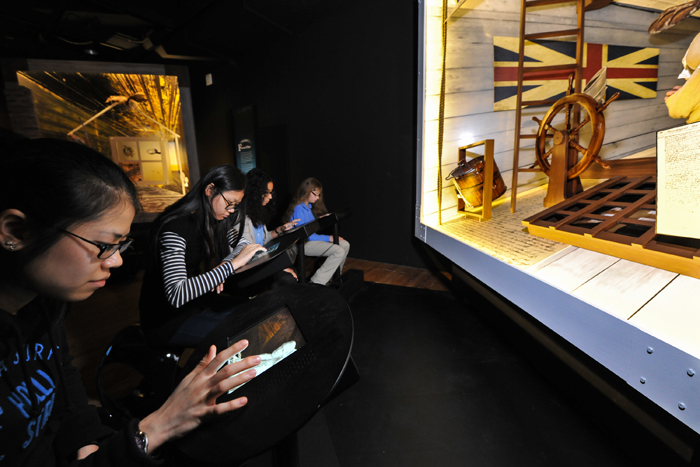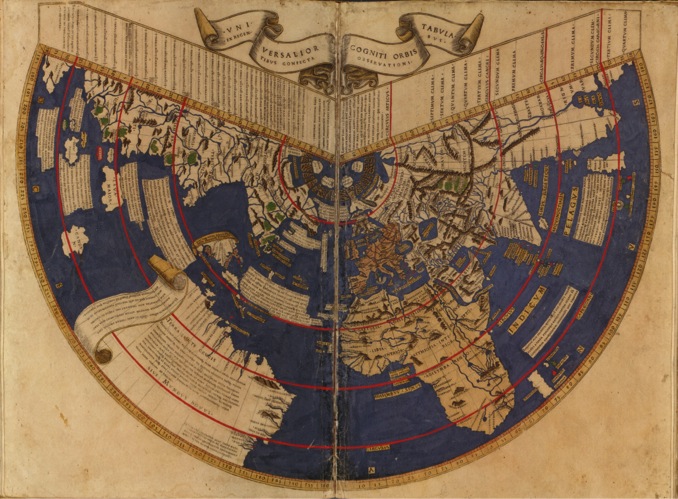Too Much of a Good Thing? 7 Addictive Educational iPad Games
Introduction

Sometimes, it's possible to have too much of a good thing.
Educational iPad games have flooded the market, and many parents think these apps are a healthy way for kids to have fun while working out mental muscles.
But experts say that while the games are fun and harmless, they're unlikely to help your little Einstein get into Harvard. [Real School Still Beats iPad Games]
Educational tablet games may give kids experience in basic urban planning, physics or history, but they can also be a huge time suck. From SUPER WHY! to Cut the Rope, here are seven of the most addictive educational games around.
Minecraft madness

Educational in only the loosest sense possible, Minecraft is incredibly popular with boys ages 9 to 15 years old. The game, a kind of updated version of the 80s classic Tetris, allows users to build their own structures out of blocks of different textures, all while facing elimination and competition from others.
Educators have piggybacked on the game's popularity to teach urban planning and even English, but the game can also be incredibly addictive. Minecraft had 33 million users as of October 2013, and playing the game isn't their only amusement. Many boys and girls often while away the hours watching YouTube videos of "celebrity" players immersed in game play. [7 Ways to Short-Circuit Kids' Mobile Addiction]
Feed the monster

Another loosely educational game, Cut the Rope teaches kids simple physics as players try to cut a rope to get tasty treats into the mouth of a green monster known as an Om Nom. At the same time, players deploy other objects to manipulate the candy into the Om Nom's mouth.
Get the world’s most fascinating discoveries delivered straight to your inbox.
As of 2012, the game had been downloaded more than 100 million times.
But the Om Nom may not be the only one feeding a craving: The simple game can be incredibly addictive for kids and adults alike.
Math ninjas

Ice Math Ninjas: ZERO is a simple math game in which Tushka the Polar Bear and his sidekick Pookie the Penguin slice and dice numbers using addition, multiplication and recognition of even and odd numbers.
The game may help kids gain speed at recognizing certain numbers or honing basic math skills, but is unlikely to teach them new concepts altogether.
However, the adorable characters and fast pace of play make this game easy to spend hours on.
Hooked on phonics

Super WHY!, a tablet game based on the popular PBS TV show, gives kids a jump on reading, spelling and letters. With four different game-play options, preschoolers can get grounding in the basics of reading: phonics, the alphabet, rhyming and tracing letters on the screen.
But be prepared to have a toddler addict on your hands; the game's kid-friendly interface and familiar characters from the popular kiddie show may get the little ones hooked on phonics.
Ancient worlds

The iPad app version of the desktop game Civilization allows users to take up the guise of Cleopatra, Gandhi or other historical figures to recreate major historical events, such as building the Pyramids or fighting the Civil War.
While the game is unlikely to be as effective as a straight history lesson, it can captivate children's interest and focus it on worlds long gone.
The iPad app has the same basic structure, but word on the street says it's not nearly as feature-rich as the desktop or console versions of the game. The world's all-inclusive nature can easily absorb hours of children's time.
Pile of countries

Kids can strengthen their basic geography muscles by answering questions about capitals, flags and landmarks from around the world in Stack the Countries. The more answers kids get right, the more their pile of countries grows. Then each of the countries has to be fitted together, a bit like puzzle-pieces.
Children ages 8 and older can unconsciously absorb a multitude of geography facts without tiring of the game.
Virtual puzzles

Parents who remember assembling tangrams, ancient Chinese puzzles of seven pieces, may be excited to see the simple exercise has been translated into a game called TanZen HD.
Though the game isn't specifically targeted to children or even education, its simple game play can absorb children's attention while exercising their spatial skills. But parents shouldn't let their guard down either: It's easy to get lost in the game.

Tia is the editor-in-chief (premium) and was formerly managing editor and senior writer for Live Science. Her work has appeared in Scientific American, Wired.com, Science News and other outlets. She holds a master's degree in bioengineering from the University of Washington, a graduate certificate in science writing from UC Santa Cruz and a bachelor's degree in mechanical engineering from the University of Texas at Austin. Tia was part of a team at the Milwaukee Journal Sentinel that published the Empty Cradles series on preterm births, which won multiple awards, including the 2012 Casey Medal for Meritorious Journalism.


